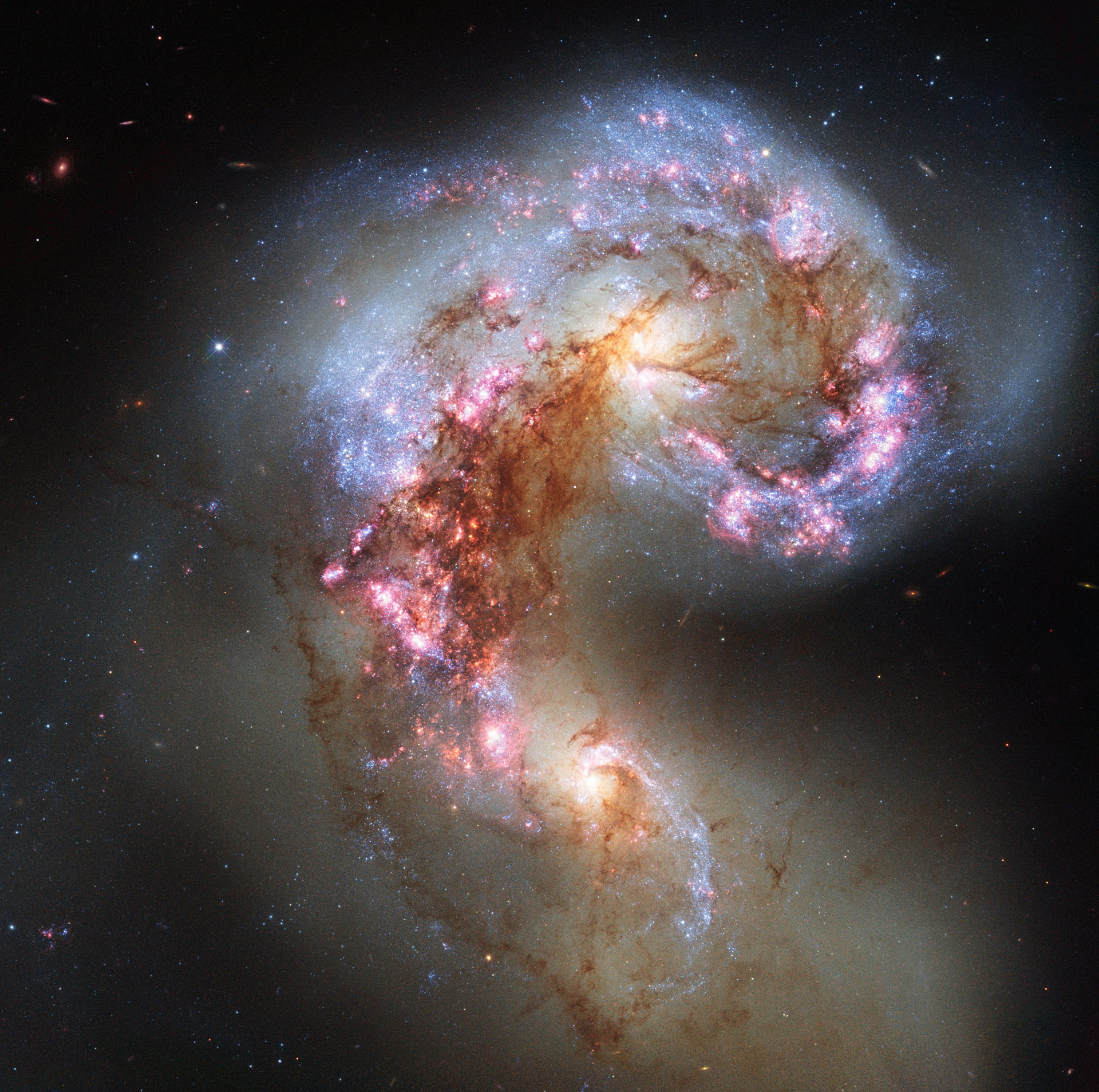Astrophotography: The Art & Science of Color
Some of the most beautiful and thought-provoking images ever taken have come to us from NASA's Hubble Space Telescope. Launched in 1990 the Hubble is quickly approaching its 25th year in space. One of the most interesting facts about the Hubble Telescope is that the images it sends back to earth are black and white. [Video Below]
Why Does Hubble Take Images in Black & White?
The main reason Hubble's camera does not take images in full color is because it doesn't have to. What we know as color is a very small portion of light wavelengths on the electromagnetic spectrum known as the visible spectrum. This is thanks to three photoreceptors in the eye that give us the ability to perceive the wavelengths of red, green, and blue light which we use to define the visible spectrum.
A Wider Visible Spectrum
Some mammals have less and some have more photoreceptors . Many birds of prey have 4, the fourth being capable of ultraviolet light perception. Ultraviolet vision gives these birds the ability to see [among other things] animal urine as nearly luminescent. A rodent can unknowingly leaving a sort of trail-of-breadcrumbs with its urine making for easy locating from above.
Hubble's Spectrum
The Hubble Space Telescope's six science instruments — its cameras, spectrographs, and fine guidance sensors — work either together or individually to bring us stunning images from the farthest reaches of space. Each instrument was designed to observe the universe in a unique way. [1]
Specifically, the Hubble is capable of capturing light from the UV range at [pmath size=18]200 Nm[/pmath] all the way up to the Infrared range at [pmath size=18]2,500 Nm[/pmath].
Since much of the light captured falls outside our or visible spectrum, it's up to those at the Space Telescope Science Institute to assign color using a careful balance of art and science.
Astrophotography: The Art & Science of Color
[embed]https://youtu.be/fDwkDZ5dx-c[/embed]
Here is a list provided by Hubblesite.org of the photographic instruments currently on the Hubble:
Wide Field Camera 3
Can be used to study objects everywhere from the far-distant universe to our own solar system's backyard. It helps examine the way galaxies evolve over time, the history of individual galaxies, and the mystery of "dark energy," the strange force that seems to be accelerating the expansion of the universe.
Cosmic Origins Spectrograph
Breaks ultraviolet radiation into components that can be studied in detail, is used to examine galaxy evolution, the formation of planets and the rise of the elements needed for life, and the "cosmic web" of gas between galaxies.
Advanced Camera for Surveys
Conducts surveys of the universe and studies the nature and distribution of galaxies. It studies ultraviolet emissions from stars, takes pictures of other planets in our solar system, and is used to search neighboring stars for planets.
Near Infrared Camera and Multi-Object Spectrometer
Hubble's heat sensor. Its sensitivity to infrared light makes it useful for observing objects obscured by interstellar gas and dust (such as stellar birthsites and planetary atmospheres) and for peering into deepest space.
The Space Telescope Imaging Spectrograph
A versatile instrument that acts somewhat like a prism, separating light from the cosmos into its component colors, as shown at right. STIS is used to study black holes, the composition of galaxies, and the atmospheres of planets around other stars, among other things.
Fine Guidance Sensors
Targeting devices that lock onto "guide stars" and measure their positions relative to the object being viewed. Adjustments based on these precise readings keep Hubble pointed in the right direction. The sensors also are used to perform celestial measurements.



